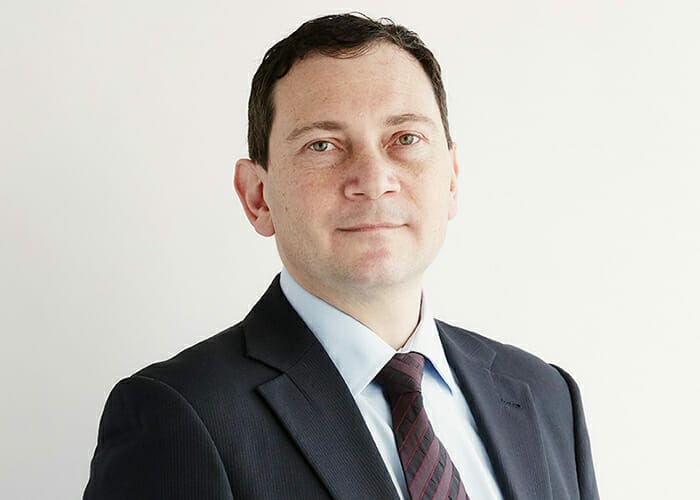Long-term investing has come into sharp focus as asset owners think hard about how best to fulfil their long-term goals and the advantages of being, and acting as, an investor with a long horizon.
In the latest paper I’ve co-authored with Geoff Warren, Ten Ideas to Foster Long-term Investing, we distil our previous work into 10 suggestions, 10 practical ideas, for entrenching a long-term mindset within an investment organisation.
Such a culture can support an unwavering focus on long-term objectives and a capacity for patience, while providing resistance to short-term performance pressures.
Our first paper, What Does It Mean to be a Long-term Investor?argues that long-term investors may be characterised by their latitude and their intent to pursue long-term goals. Ideally this should be supported by a capacity for patience, discretion over when to trade, and objectives and investment processes that are squarely focused on long-term outcomes.
Our second paper, “Organisational Design and Long-Term Investing”, addresses aspects of organisational structure that can support the pursuit of long-term investment opportunities. It discusses four success drivers: investment beliefs, governance, aligned interests, and people.
Central to both papers is the concept that successful long-term investing requires embedding a long-term mindset deeply within an organisation.
The ideas are practical to implement and provide the biggest impact in focusing an organisation on the long term. Some of the key areas and actions are:
Ensure the focus is on long-term information, and jettisoning the wrong kind of information, to drive long-term outcomes.
Manage behavioural flaws that lead to groupthink, herding and a tendency to overreact to short-term losses.
Extend the evaluation horizon by rewarding the right behaviours for both internal and external managers.
Refocus measurement of performance and progress against objectives and away from historical results.
Slow down the decision cycle. It is often thought that information flow and related portfolio needs should be constantly monitored so as not to miss any opportunities and ensure best-positioning. However, such a constant flow of stimulus merely invites action and draws attention away from the long term. Consider reporting less often, holding fewer and more meaningful meetings and always have an option to do nothing on the table.
No one size fits all investment strategies or organisational structures. Remaining true to strategies and an organisational structure that are fit for purpose is essential to reap the benefits of a long-term approach.
Pay only for sustained performance. The industry standard is to award incentives on a yearly cycle based on performance. Merely awarding incentives over a longer history, say five years, can be problematic. Consider awarding incentives on an annual basis but make vesting conditioned upon sustained performance.
Hire people with an affinity for long-term investing. Easy to say but sometimes hard to do. Consider cultivating people by building a culture that provides a sense of importance and respect and hiring internally where possible to maintain this focus.
The paper provides many practical suggestions that can be used as a ready check list of areas and actions to help organisations embrace and engender a long-term focus.
David Iverson is head of asset allocation at New Zealand Super. Geoff Warren is associate professor of the Australian National University.


